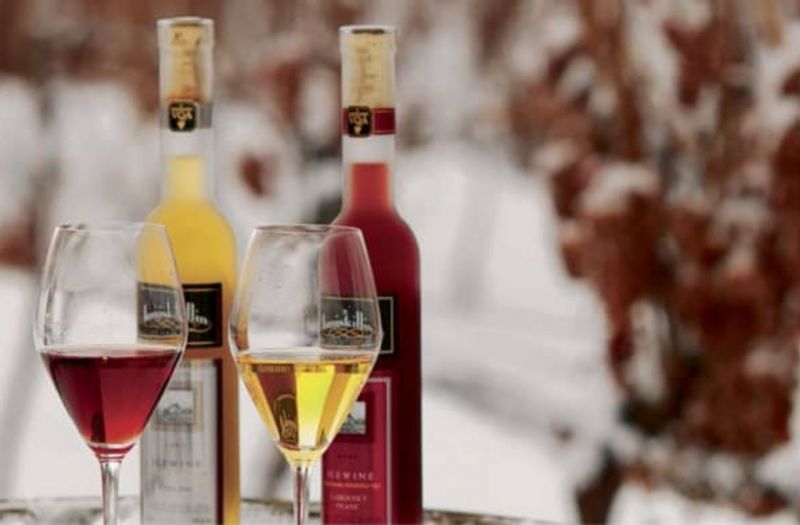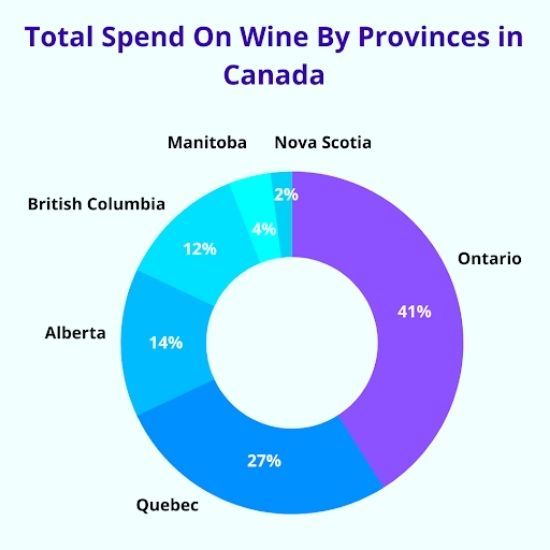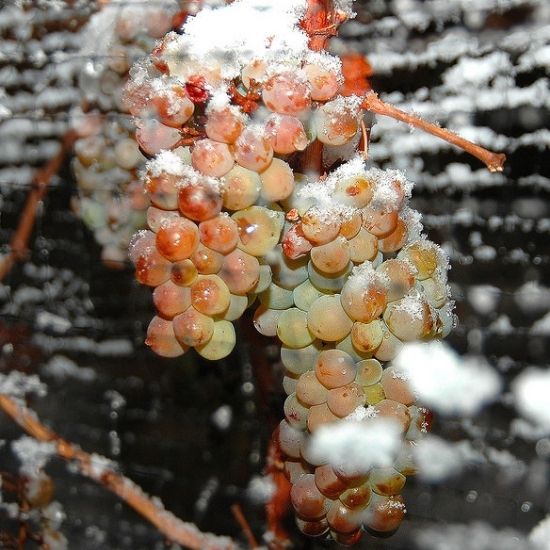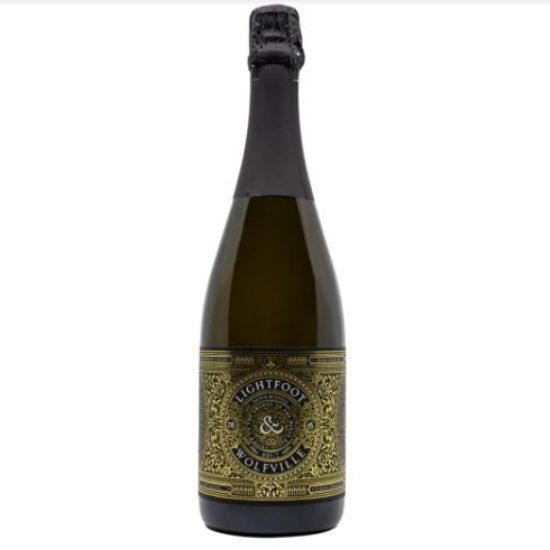Educating Sommeliers Worldwide.
By Beverage Trade Network

A growing wine market, Canada has been far from the spotlight of winemaking due to its extreme climatic conditions. With the pandemic in place, Canada saw growth in consumption of wine during 2020 and 2021 and that unraveled a large population of consumers with their premium and more cultivated wine choices. The wine market of Canada is mainly driven by still wines not just in value but also in volume. However, regions like Ontario, Nova Scotia, and British Columbia now produce some fabulous sparkling wines with the Traditional Method that the sparkling wine category is forecasted to register the fastest value growth. While the fortified wines from Canada have also been predicted to become the fastest-growing category in volume between the period 2022-2025.
[[relatedPurchasesItems-41]]
With a unique positioning to foster the domestic wine industry, Canada has been divided into four major wine regions depending on their latitudes which offers them the desired climatic conditions to grow grapes. These regions are British Columbia, Ontario, Quebec, and Nova Scotia. The climate and the consequences of its change, heavily influence the grape plantations and their growth across Canada. The change in climate is causing the cooler climate regions to witness longer and hotter summers which are also leading to a growing capacity for wine production.
These vast shifts in the temperature will also pose new opportunities for growth for the Canadian wine market and enable them to practice increased flexibility in the different styles of wines. Wine regions like Quebec which have always been restricted to growing cold-weather hybrid grapes like Vidal and Seyval, now witness increased temperatures and are expanding their production to other grape varieties that require hotter and longer growth periods.
Quebec, Ontario, Alberta, and British Columbia, are the four provinces that are the major markets of wine in Canada. They are the biggest provinces for wine sales and makeup 94 percent of the Canadian wine market. The import and distribution authority rests with the provincial government. Canada has a big market for imported wine and in 2021, the value of bottled wine imported to Canada accounted for 2.49 billion CAD, according to Statista. Major markets in Canada such as Quebec and Ontario work within the monopoly system of the government where alcohol is sold through the provincial liquor boards that are the sole importers and distributors of alcohol. The provincial board is known as the Liquor Control Board of Ontario (LCBO) which operates as the importer of record, wholesalers, and primary retailer of wines in Ontario. The retail stores owned by LCBO are by far the largest distribution channel in Ontario and the imported wines constitute approximately 75 percent of the total wine sales of LCBO.
Alcohol sales to the end consumers can be done through numerous retail channels that include government retail, grocery, convenience stores, and on-premise channels. The distribution system differs within the provinces. British Columbia follows a mixed-model system where it follows government-run distribution channels along with retail stores and a private store network. Alberta which is the sixth-largest province of Canada follows a completely open and private alcohol market. It allows numerous, privately owned shops to work with distributors and importers or even on their own to source imported products.

Total Spend on Wine by Provinces in Canada; Adapted from Canada Wine Market Landscapes 2021 Report, Wine Intelligence
The major wine-producing regions of Canada heavily focus on terroir-driven winemaking due to the myriad climates. With the first vineyards planted in the 1860s in the Okanagan Valley in British Columbia, Canada was recognized on the wine map in the 1930s when the first winery was established in the valley. Vitis Vinifera, the noble European grape varieties, were unable to survive the freezing temperatures of Canada and which is why the country only resorted to the cool-climate grapes earlier. Vineyards in Canada are planted in 30 and 50 degrees latitude North due to the apt temperature. Covering an area of 31,001 acres (12,565 hectares) with vineyards, at present Canada has approximately 650 wineries spread across the various provinces.
The icewine production in Canada accounts for one-third of the wine exports and over 90% of it is produced in Ontario. Produced in the early 1990s, they have been internationally known for it and offer consistent quality. The winter-hardy grapes including Vidal, Riesling, and Cabernet Franc rest on the vines throughout the freezing winters and are naturally frozen on the vine which is then used to produce the icewines.

Grapes for Icewine in the Niagara Peninsula; Image Source - The Canadian Encyclopedia
While icewine continues to be a major part of wine production in Canada, the production of still and sparkling wines is becoming equally significant when it comes to the export of wines. They offer plenty of options ranging from aromatic and light to full-bodied and fruity wines. Each wine region in Canada has unique growing conditions that allow the key varieties to shine and be eloquent of their place of origin. According to Businesswire, Constellation Brands Inc., Andrew Peller ltd., and Treasury Wine Estates Vintners Limited are reported to be the leading players in the Canadian wine sector. The sparkling wine production is also vast and almost a third of more than 650 wineries in Canada produce them. They are made in the Traditional Method, spend at least 9 months and often over 5 years on their lees. The Méthode Cuve Close also known as Charmat is also used to produce sparkling wines across Canada.

Lightfoot & Wolfville Sparkling Wine - One of the best sparkling wines from Canada; Image Source - Lightfoot and Wolfville
Similar to the wine regulations of the European wine-growing regions, Canada has also established a national appellation of origin called the Vintners Quality Alliance (VQA). For wines to be certified VQA, they are assessed by a panel. These wines must meet the criteria of the varietals, vintage, and the origin specified on the label. The grapes used in the wine must be 100 percent grown in their designated viticultural area and have the minimum sugar values that have been set for the specific grape varieties. Not just this, it also governs the yield sizes, Brix level, and the use of regulated additives, and are tested by a certified lab. This ensures general quality, and varietal integrity and maintains the standard of the authenticity of origin.
With a growing consumption curve and the changing climatic conditions, the future of the Canadian wine industry looks bright. Wineries are now focusing on sustainability, organic and better-for-you products, lower-alcohol options, and single-serve packaging. Annual trade shows and media tastings across the world and the participation of Canadian wine associations in these events are helping Canadian wines to reach larger markets and are beneficial for their growth.
The domestic wine industry is also balancing the higher costs of imported wines by subsidizing Canadian wine and encouraging consumers to purchase locally. This has helped the Canadian economy and the domestic wine industry to ultimately reduce the carbon footprint of every glass of wine. The lightweight 750 mL glass bottle policy was also launched by LCBO in 2010 which has immensely helped in reducing the environmental impact and has improved the welfare of employees. Finally, the aging population of Canada, stronger marketing and branding strategy, an increase of sophistication in consumers, an increasing number of wine bars, and the increase in the Canadian-produced wine opportunities in other provinces will remarkably benefit the position of wine in Canada.
Article by Shreya Kohli, Beverage Trade Network
Header Image Source - Vinovest